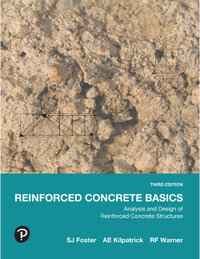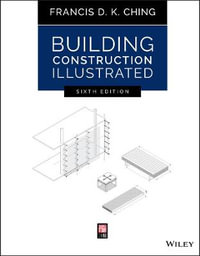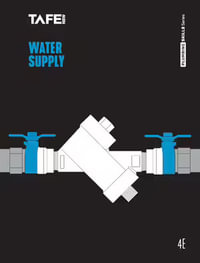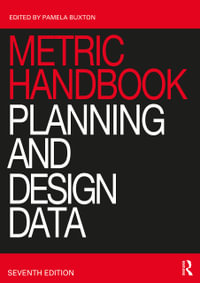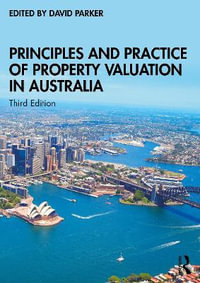
Earthquake Engineering Handbook
By: Charles Scawthorn (Editor), Wai-Fah Chen (Editor)
Hardcover | 27 September 2002 | Edition Number 1
At a Glance
Hardcover
$888.25
Aims to ship in 15 to 25 business days
When will this arrive by?
Enter delivery postcode to estimate
The Earthquake Engineering Handbook is a comprehensive resource that covers the spectrum of topics relevant to designing for and mitigating earthquakes. In it, international experts present engineering practices, research, and developments in North America, Europe, and the Pacific Rim countries. The emphasis is on professional applications, with discussion ranging from basic dynamics and geoscience to new technologies intended to avoid rather than resist the forces of earthquakes.
Covering both traditional and innovative practices, the Earthquake Engineering Handbook is the first professional reference that brings together all of earthquake engineering''s many facets. Formulas, tables, and illustrations give immediate answers to questions arising in practice, and summaries of the essential elements of each topic paint a global picture from which readers can develop understanding and the ability to think beyond the results presented.
Industry Reviews
"Written by a panel of international experts, this comprehensive reference work covers the full spectrum of earthquake engineering topics. ...is well illustrated and includes extensive lists of references and additional resources."
- Shari A. Salisbury, MCEER Information Service News
"Written by a panel of 36 internationally known experts, 22 of whom are EERI members, the Handbook provides applications and practical information to help solve real-world problems faced by civil engineers...The 1500-page Earthquake Engineering Handbook is the first professional reference that brings together all of earthquake engineering's many facets."
-EERI Newsletter
"This handbook is a comprehensive reference and resource work covering the spectrum of disciplines required for mitigation of earthquake-resistant structures. It was prepared by some 30 national and international experts in the various fields of earthquake engineering and is designed for the practitioner. Highly Recommended"
-S.C. Anand, Clemson University
ISBN: 9780849300684
ISBN-10: 0849300681
Series: New Directions in Civil Engineering
Published: 27th September 2002
Format: Hardcover
Language: English
Number of Pages: 1506
Audience: Professional and Scholarly
Publisher: Taylor & Francis Inc
Country of Publication: GB
Edition Number: 1
Dimensions (cm): 25.4 x 17.8 x 8.79
Weight (kg): 5.05
Shipping
| Standard Shipping | Express Shipping | |
|---|---|---|
| Metro postcodes: | $9.99 | $14.95 |
| Regional postcodes: | $9.99 | $14.95 |
| Rural postcodes: | $9.99 | $14.95 |
How to return your order
At Booktopia, we offer hassle-free returns in accordance with our returns policy. If you wish to return an item, please get in touch with Booktopia Customer Care.
Additional postage charges may be applicable.
Defective items
If there is a problem with any of the items received for your order then the Booktopia Customer Care team is ready to assist you.
For more info please visit our Help Centre.
You Can Find This Book In
This product is categorised by
- Non-FictionEarth Sciences, Geography, Environment, PlanningEarth SciencesGeology & The Lithosphere
- Non-FictionEarth Sciences, Geography, Environment, PlanningEarth SciencesVolcanology Seismology
- Non-FictionEngineering & TechnologyCivil EngineeringStructural EngineeringEarthquake Engineering
- Non-FictionEngineering & TechnologyEnvironmental Science
- Non-FictionEngineering & TechnologyCivil Engineering








